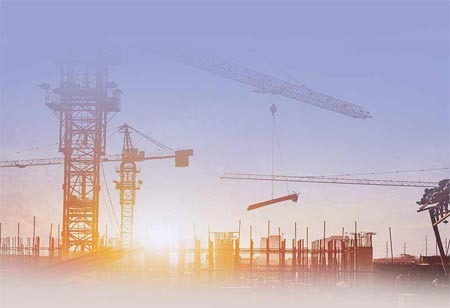Thank you for Subscribing to Construction Business Review Weekly Brief
Specials
- Apartment and Condominium Contractors Canada
- Decking Canada
- Architectural Glass Europe
- MEP APAC
- Construction Saudi Arabia
- German Apartment and Condominium Contractors
- Construction Law APAC
- Outdoor Construction
- Foundation Construction Canada
- MEP Canada
- Kitchen and Bath
- Cold Storage Construction APAC
- Precast Concrete Europe
- Construction Staffing Europe
- Pre-Construction Services
- Flooring System APAC
- Scaffolding Canada
- Swimming Pool Construction Canada
- Construction Management Canada
- Cold Storage Construction Canada
- Flooring Systems Europe
- Residential Construction
- Concrete Canada
- Construction Cladding Europe
- Construction Cladding APAC
- Concretes, Aggregates and Construction Materials APAC
- Concretes, Aggregates and Construction Materials Europe
- Commercial Contractors Europe
- Commercial Contractors APAC
- Dummy
- Construction Insulation, Coating and Waterproofing
- Construction Management APAC
- Landscaping Canada
- Construction Coating Europe
- Construction Tech Startups Europe
- Insulation Services Europe
- Mechanical Contractor Canada
- Mould Remediation and Testing Europe
- Swimming Pool Construction APAC
- Building Sealing Solutions Europe
- Construction Engineering Services
- Mechanical Electrical and Plumbing
- Roofing Systems Europe
- Architectural Glass APAC
- Startups APAC
- Construction Forensic and Owners Representative
- Flooring System
- Waterproofing APAC
- Wall Systems
- Safety and Compliance Europe
- Construction Bidding and Auctions
- Modular and Prefab Construction
- Architectural Glass
- Construction MENA
- Construction Demolition and Recycling Europe
- Modular Construction Europe
- Construction Interiors
- Steel Building APAC
- HVAC
- Doors and windows
- Construction Latam
- Building Information Modeling APAC
- Sustainable Construction APAC
- Building Restoration and Maintenance
- Commercial Contractors
- Specialty Construction
- Construction Engineering Canada
- Construction Engineering MENA
- Modular Construction Canada
- Modular Construction APAC
- Roofing and Siding Systems
- Workforce Management and Staffing
- Roofing Systems APAC
- Construction Consulting
- Steel Building Europe
- Construction Demolition and Recycling APAC
- Safety and Compliance APAC
- Concretes, Aggregates and Construction Materials
- Construction Cladding
How Underground Construction Benefits from BIM Technology
BIM took over all the functions, including planning, designing, analyzing the materials, estimating the cost, and setting the workflows. It has made the process easier, more collaborative, smoother and more efficient.

By
Construction Business Review | Friday, January 27, 2023
Stay ahead of the industry with exclusive feature stories on the top companies, expert insights and the latest news delivered straight to your inbox. Subscribe today.
Due to the advanced capabilities of BIM, underground technology is becoming more capable and dynamic. The construction around buried structures and components can be challenging. BIM helps to make construction much safer and more efficient.
Fremont, CA: BIM took over all the functions, including planning, designing, analyzing the materials, estimating the cost, and setting the workflows. It has made the process easier, more collaborative, smoother and more efficient.
Contextualizing Underground Structures
BIM technology is a tool for visualizing and designing buildings. The main benefit of implementing BIM technology is the ability to visualize underground structures in the context of their surroundings. Visualizing the below-surface item with the above-ground building gives a clear picture of the project. It will provide a clear representation from top to bottom.
Less Invasive Construction
Trench excavations can be highly disturbing for the surrounding local community and environment. It is a destructive process. Trenchless methods such as compaction methods and micro tunneling are less invasive processes. These processes are more accessible and more effective with BIM technology.
Gathering data on buried structures or earthworks can create a detailed digital model to map out each material or component, like pipes and tunnels.
BIM provides accessibility to the whole building. It can easily map out and update any changes before further excavations.





